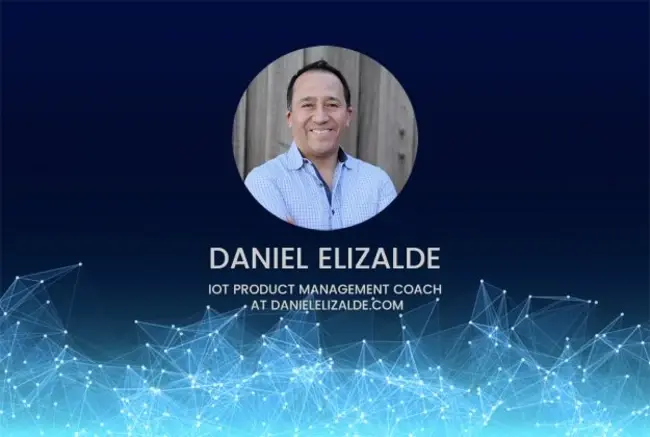
The Industrial Internet of Things (IIoT) is experiencing tremendous growth. Millions of industrial assets are now connected to the Internet, providing visibility and actionable insights into numerous applications across industries worldwide.
Cloud computing has been one of the driving forces of this growth, as it enables companies to collect vast amounts of information and provides the necessary processing power to convert the data into business insights.
In recent years, Edge computing—adding more processing power closer to the devices you are monitoring—has caught up, becoming increasingly viable. Instead of streaming sensor data directly to the Cloud, Edge computing allows us to add complex analytics, control, and even Machine Learning directly to the device or data source. The hardware that provides this computing power is now cheaper, smaller, and more powerful, giving IIoT providers the option to add more “smarts” at the Edge as opposed to the Cloud.
With these advancements, will the growing capacity of Edge computing for IoT make Cloud computing less important?
In truth, Cloud and Edge computing are complementary and, together, they are helping propel the Industrial Internet of Things to new heights.
Edge computing and Cloud computing play different roles for IIoT solutions. Edge computing enables a fast response, right onsite. If you are monitoring a big (and expensive) piece of equipment, the IIoT solution might have hundreds or even thousands of sensors generating data, requiring instantaneous analysis prior to critical decisions. If the machine approaches failure or a safety hazard, the IIoT solution needs to act quickly, stopping the machine in milliseconds. In this scenario, there is no time to send the data to the Cloud to be analyzed and wait for a response.
That immediacy is where Edge computing shines. Edge computing also helps us discard non-relevant sensor and health data that does not need processing in the Cloud, saving cost on data transmission and Cloud storage.
On the other hand, the Cloud allows an IIoT system to aggregate data from many assets on the field—collecting data not only from one machine, but from all machines in that factory and all factories around the world.
With this aggregate data, IIoT solutions can leverage the ever-growing computing power of the Cloud to find insights across the complete fleet of assets. This processing capability gives companies better visibility throughout their organization, helping them discover efficiencies within assets, factories, and geographies.
So, will Edge computing displace Cloud computing for IIoT solutions? I don’t think so. As technology continues to deliver more advanced and affordable Cloud and Edge components, we will be able to create more powerful, insightful, and cost-effective Industrial Internet of Things applications that will continue to provide value to companies, customers, and society as a whole.
Daniel Elizalde
Daniel is an IoT product consultant who helps Product Leaders and their teams develop a winning IoT product strategy. He has over 18 years of experience in managing the lifecycle of IoT products in many industries, including manufacturing, and renewable energy. Daniel has trained over 1,200 professionals around the world on IoT strategy through his consulting practice, his online courses, and his popular classes at Stanford University. He is also the host of the IoT Product Leadership podcast and writes about IoT Product Management at danielelizalde.com.





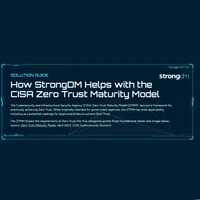
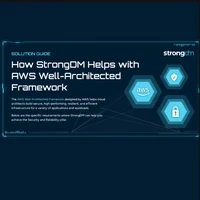
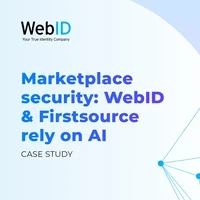
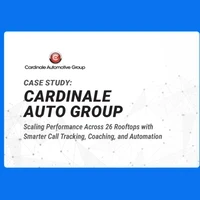

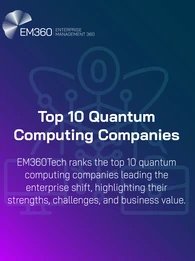
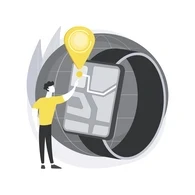
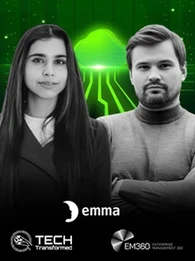
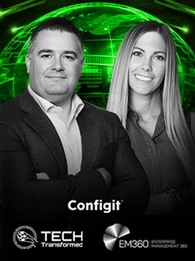
Comments ( 0 )